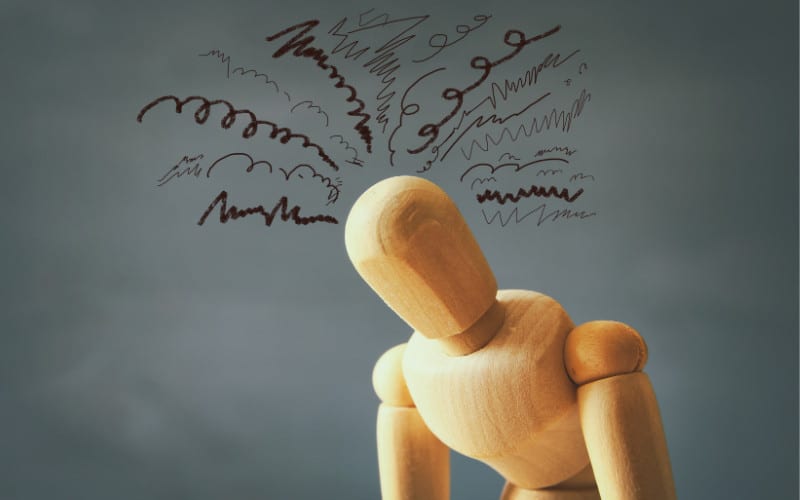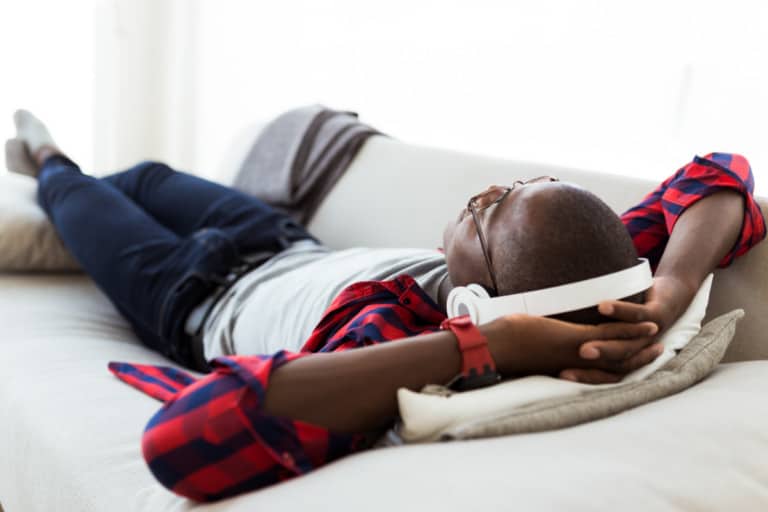ADHD in Women: Not Just Coping; Thriving

What does it look like to have ADHD as an adult woman? What are some coping strategies? Read on to learn all about ADHD in women.
ADHD is a largely misunderstood disorder, especially in adults and women. Contrary to public perception, females are just as likely to have ADHD as males. Read on to learn about what it’s like to be a woman with ADHD and how to recognize the symptoms of ADHD in women.
My Story as a Woman With ADHD
When I was in middle school, I was diagnosed with ADD. This made no sense to me. I never once experienced excessive fidgeting, disruptive behavior, and fast-talking hyperactivity that I’d seen, particularly in boys with ADHD. The psychiatrist explained that I had a non-hyperactive variant of the disorder. This term is now considered outdated, and it’s now called inattentive-type ADHD. These symptoms include disorganization, lack of focus, and forgetfulness.
Going through the medication trial-and-error process as a middle schooler, high schooler, and college student, I’ve had more than my fair share of frustrations post-diagnosis. But thankfully, I now have confidence in what it looks like to be an adult woman managing my ADHD.
While most medications didn’t work for me and my body, I’ve learned to understand my ADHD as an adult. For me, ADHD has become less of an enemy and more of a companion. A side note: it helps that I don’t have homework anymore. For many women, medication is a useful tool for managing ADHD symptoms. For me, it wasn’t worth the mental and physical side effects.
If you receive an ADHD diagnosis in adulthood, carefully consider all of your options for how you plan to approach management or treatment. Medication may be an effective treatment and a lifesaver for you. I’ve found a routine of exercise, meditation, a balanced diet, journaling, vitamins, and helpful apps to keep me as focused as I can be. The rest is just an exercise in grace and self-acceptance.
ADHD in Women
According to the 5th edition of The DSM-V (Diagnostic and Statistical Manual of Mental Disorders), ADHD symptoms may fall into three subtypes: predominantly hyperactive, predominantly inattentive, and the combined type.
Women can experience similar symptoms to men who have ADHD. But for many, these symptoms manifest differently. A lower prevalence of diagnosis exists for females, especially those under 18, because inattentiveness is more prominent than hyperactivity/impulsivity. Women with ADHD may also develop better coping strategies than males to mask their symptoms.
In addition to their ADHD symptoms, women are often dealing with the burden of restrictive gender roles, fluctuating hormones, the strain of parenting, and self-doubt. Also, there are many co-morbid disorders that often are common for women with ADHD, such as mood disorders, anxiety, depression, bipolar, substance abuse disorders, or related conditions. Symptoms of one condition can be masked by symptoms of ADHD or vice versa.
The predominantly hyperactive subtype has much more commonly and easily recognized symptoms, especially in males. However, the inattentive type is the most frequently misunderstood. It’s easier to recognize symptoms in women that intensify with age. These are some of the hallmark symptoms of inattentive ADHD in women:
- Poor working memory
- Inattention
- Distractibility
- Poor executive function (planning, problem-solving, organization, and time management)

Do You Think You May Have ADHD?
Sari Solden, MS, LMFT, is one of the leading forces in understanding ADHD related to women. Her 1995 book Sari’s book Women with Attention Deficit Disorder has been pivotal in the evolution of understanding ADHD in general and women’s experiences in particular. The book continues to resonate with women all over the world.
Solden has developed a self-test that she believes point to a potential ADHD diagnosis in adult women:
You May Have Inattentive ADHD If…
- You feel overwhelmed in stores, offices, or at parties. It feels impossible for you to ignore sounds and distractions that don’t seem to bother others.
- Time, money, papers, or “stuff” dominates your life and prevents you from taking steps to achieve your goals.
- You often lose momentum mid-day.
- You spend a lot of your time coping, searching for things, trying to catch up, or covering up.
- You’re too embarrassed to have people over to your house because it’s so messy.
- Keeping track of money is very difficult.
- Your mind drifts during conversations unless you’re the one talking or it’s a topic you find very interesting.
- You often feel a lack of control and feel it’s impossible to meet life’s demands.
- You feel like you’re either tornado or a couch potato. There’s no in-between.
- It’s difficult to organize or act on your good ideas.
- You start each day determined to get organized, but it never seems to happen.
- You feel like you’ll never reach your potential or meet your goals.
- People have accused you of being selfish or a bad friend because you don’t write thank-you notes or send birthday cards.
- You lose belongings frequently. Glasses, cell phones, and umbrellas need to be replaced often.
- You often feel clueless about how others manage to lead consistent, regular lives.
- People have called you “a slob,” “spacey,” or “passing for normal.”
- Shopping trips make you feel better in the moment, but you feel regret later when the credit card bill arrives.
- Sometimes you feel like an impostor.
- You spend all your time and energy coping, staying organized, and holding it together, with no time for fun or relaxation.

You May Have Hyperactive ADHD if…
- It’s difficult sitting through meetings, meals, and movies.
- You always need to move, often feeling restless and fidgety.
- You struggle with impatience.
- Active jobs are a must because you enjoy always being on the go.
- You drive too fast or recklessly.
- You talk excessively, make inappropriate comments, finish others’ sentences, interrupt others, and monopolize conversations.
Treatment for ADHD in Women and Men
Medical professionals can treat adults with ADHD with medication, psychotherapy, or a combination of these. Behavior management strategies, such as limiting distractions, increasing structure and organization, and involving immediate family members can also be helpful. There are plenty of self-help resources and books that help adults and women seek further understanding of ADHD and its symptoms.
If you experience at least 5 of these symptoms listed above, you may want to talk to a mental health professional about whether you have undiagnosed ADHD.
For more information and resources on adult ADHD, check out the Attention Deficit Disorder Association website.

Starting Your Journey Toward Wellness
When I first read the list of characteristics for inattentive ADHD, I couldn’t help but laugh out loud. All but two or three described me to a tee. Although, with three out of four family members who also have ADHD, I don’t know why it ever surprised me. It’s genetic, passed from parent to child.
I can laugh now because I’ve become comfortable with my diagnosis and learned to strategize and cope, but it’s okay if you’re new to this, and it doesn’t seem quite so humorous. Management and treatment will be new challenges, but nothing you can’t handle. You have the potential to thrive (not just barely make it) and make an impact on the world. Knowing yourself better is just the beginning. You’ve got this!
For more family wellness tips and advice, check out the Mental Health category on FamilyApp.





